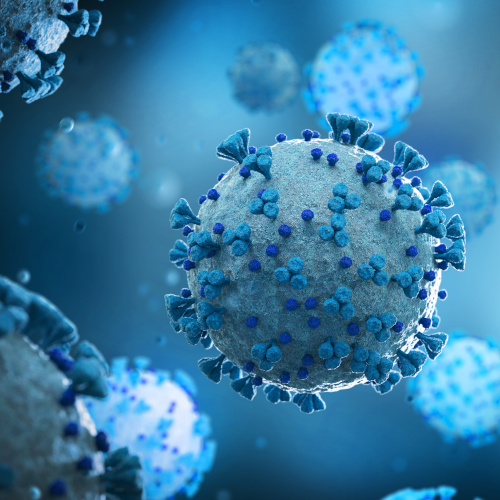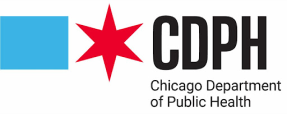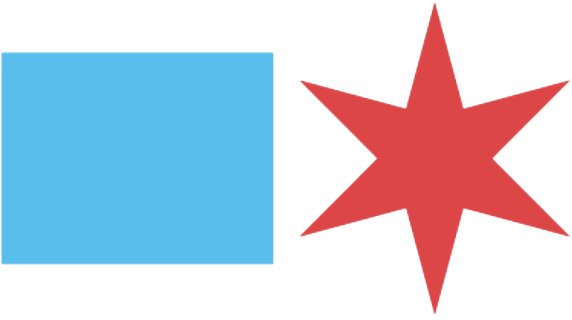Variants and Genomic Surveillance


All germs, such as viruses, bacteria, and fungi, are constantly changing through genetic mutation. These genetic mutations can lead to the emergence of new traits and capabilities of the germ. When this happens, the public health community will sometimes call the mutated germ a new variant; for example, there are frequently newly described variants of SARS-CoV-2, the virus that causes COVID-19. Though the emergence of these mutations is expected, some mutations are concerning to public health authorities because they can help the germ to spread more easily from person-to-person, cause more severe disease, or reduce the effectiveness of currently available treatments or vaccines.
The Basics of Genomic Surveillance
Diagnostic tests, like a test you might get from your healthcare provider when you feel sick, detect the presence of all known variants of the germs they are testing for. To find out which variant someone was infected in, specialized testing is needed to read the genetic code of the virus – this is called whole genome sequencing. Although whole genome sequencing is different than the diagnostic viral testing offered by most healthcare providers, some specialty laboratories around the country, including here in Chicago, can read the sequence of genetic code to monitor mutations. Whole genome sequencing takes days or weeks to perform rather than the hours or days taken for diagnostic testing. It is not usually permitted to provide variant information to individuals.
Germ variants in Chicago
The Chicago Department of Public Health has partnered with Rush University Medical Center to form the Regional Innovative Public Health Laboratory (RIPHL). RIPHL uses tools such as whole genome sequencing on germs of interest to help public health officials keep track of what variants are present in Chicago right now. For example, RIPHL collects SARS-CoV-2 (the virus that causes COVID-19) diagnostic tests from local hospitals and performs whole genome sequencing on those samples. Data generated by RIPHL is particularly useful for local outbreak responses, and for monitoring local trends.
RIPHL has also expanded to analyze other germs that are important to public health using whole genome sequencing, culturing organisms, and other molecular laboratory tools. The data they produce is used by public health officials to respond to outbreaks and prevent the spread of disease.
Read more about how RIPHL data has been used in outbreak responses among sports teams and on university campuses in Chicago.
SARS-CoV-2 Variant Proportions in the United States and HHS Region 5 (which includes Illinois)
CDC’s National SARS-CoV-2 Strain Surveillance program identifies and tracks SARS-CoV-2 variants circulating in the United States and calculates the proportion infections caused by variants of concern, both nationally and by HHS region. Thousands of specimens under genomic sequencing every week for this program. HHS Region 5 includes Illinois; choose HHS region 5 to see variant proportions in Chicago's region.
Downloadable Reports
- Hospital air sampling enables surveillance of respiratory virus infections and genomes
Science of The Total Environment, May 2025 - Candida auris Outbreak and Epidemiologic Response in Burn Intensive Care Unit, Illinois, USA, 2021–2023
Emerging Infectious Diseases, March 2025 - A response playbook for early detection and population surveillance of new SARS-CoV-2 variants in a regional public health laboratory
BMC Public Health, January 2024 - Wastewater Surveillance for Poliovirus in Selected Jurisdictions, United States, 2022–2023
Emerging Infectious Diseases, November 2024 - Notes from the Field: Mpox Cluster Caused by Tecovirimat-Resistant Monkeypox Virus — Five States, October 2023–February 2024
MMWR Weekly, October 2024 - Investigation of an Mpox Outbreak Affecting Many Vaccinated Persons in Chicago, Illinois—March 2023–June 2023
Clinical Infectious Diseases, July 2024 - Extended-Spectrum Beta-Lactamase Shigella sonnei Cluster Among Men Who Have Sex with Men in Chicago, Illinois-July-October 2022
Journal of Infectious Diseases, May 2024 - Multiple Variants of SARS-CoV-2 in a University Outbreak After Spring Break — Chicago, Illinois, March–May 2021
MMWR Weekly, September 2021 - COVID-19 Outbreak Among a University's Men's and Women's Soccer Teams — Chicago, Illinois, July–August 2020
MMWR Weekly, October 2020
- 08/30/2025 - Data Report: Monitoring SARS-CoV-2 Variants in Chicago (pdf)
- 07/31/2025 - Data Report: Monitoring SARS-CoV-2 Variants in Chicago (pdf)
- 06/30/2025 - Data Report: Monitoring SARS-CoV-2 Variants in Chicago (pdf)
- 05/31/2025 - Data Report: Monitoring SARS-CoV-2 Variants in Chicago (pdf)
- 04/30/2025 - Data Report: Monitoring SARS-CoV-2 Variants in Chicago (pdf)
- 03/31/2025 - Data Report: Monitoring SARS-CoV-2 Variants in Chicago (pdf)
- 02/28/2025 - Data Report: Monitoring SARS-CoV-2 Variants in Chicago (pdf)
- 01/31/2025 - Data Report: Monitoring SARS-CoV-2 Variants in Chicago (pdf)
- 12/31/2023 - Data Report: Monitoring SARS-CoV-2 Variants in Chicago
- 11/30/2023 - Data Report: Monitoring SARS-CoV-2 Variants in Chicago
- 10/20/2023 - Data Report: Monitoring SARS-CoV-2 Variants in Chicago
- 9/21/2023 - Data Report: Monitoring SARS-CoV-2 Variants in Chicago
- 08/22/2023 - Data Report: Monitoring SARS-CoV-2 Variants in Chicago
- 07/10/2023 - Data Report: Monitoring SARS-CoV-2 Variants in Chicago
- 03/15/2023 - Data Report: Monitoring SARS-CoV-2 Variants in Chicago
- 02/22/2023 - Data Report: Monitoring SARS-CoV-2 Variants in Chicago
- 02/14/2023 - SARS-CoV-2 Molecular Surveillance Data Report
- 01/12/2023 - Data Report: Monitoring SARS-CoV-2 Variants in Chicago
- 01/09/2023 - SARS-CoV-2 Lineage Proportions in Chicago (GISAID)
- 09/23/2022 - SARS-CoV-2 Lineage Proportions in Chicago (GISAID)
- 09/16/2022 - SARS-CoV-2 Lineage Proportions in Chicago (GISAID)
- 09/09/2022 - SARS-CoV-2 Lineage Proportions in Chicago (GISAID)
- 08/26/2022 - SARS-CoV-2 Lineage Proportions in Chicago (GISAID)
- 08/03/2022 - SARS-CoV-2 Lineage Proportions in Chicago (GISAID)
- 07/22/2022 - SARS-CoV-2 Lineage Proportions in Chicago (GISAID)
- 07/08/2022 - SARS-CoV-2 Lineage Proportions in Chicago (GISAID)
- 07/01/2022 - SARS-CoV-2 Lineage Proportions in Chicago (GISAID)
- 06/27/2022 - SARS-CoV-2 Lineage Proportions in Chicago (GISAID)
- 06/13/2022 - SARS-CoV-2 Lineage Proportions in Chicago (GISAID)
- 05/13/2022 - SARS-CoV-2 Lineage Proportions in Chicago (GISAID)
- 05/06/2022 - Sub-lineages of Omicron in Chicago
- 04/13/2022 - SARS-CoV-2 Lineage Proportions in Chicago (GISAID)
- 03/30/2022 - SARS-CoV-2 Lineage Proportions in Chicago (GISAID)
- 03/11/2022 - SARS-CoV-2 Lineage Proportions in Chicago (GISAID)
- 02/25/2022 - SARS-CoV-2 Lineage Proportions in Chicago (GISAID)
- 02/17/2022 - SARS-CoV-2 Lineage Proportions in Chicago (GISAID)
- 02/10/2022 - SARS-CoV-2 Lineage Proportions in Chicago (GISAID)
- 01/21/2022 - SARS-CoV-2 Lineage Proportions in Chicago (GISAID)
- 01/07/2022 - SARS-CoV-2 Omicron in Chicago




